Couverture chocolate is well-known within the chocolate industry, and without it, most of your favorite chocolate shops would have never gotten started. This strange stuff– which you may have never even heard of– is a common ingredient in chocolate bars and bonbons. It's a rather unctuous type of chocolate formulated to be easy for chocolatiers to work with, so in this article we set about demystifying couverture chocolate.
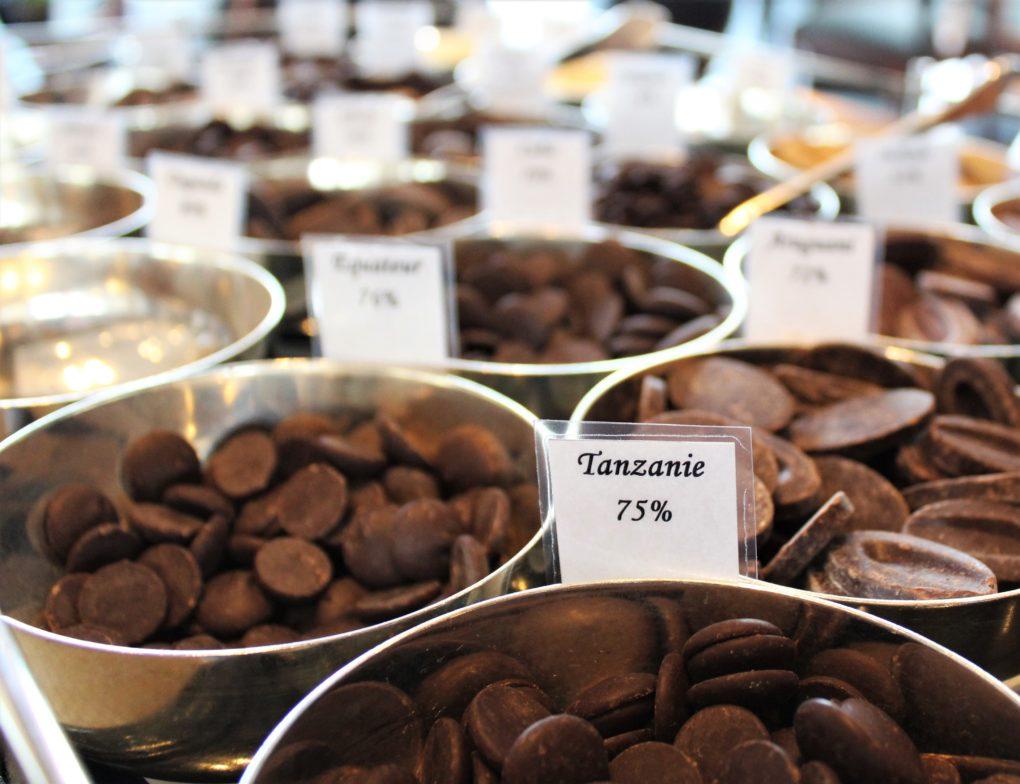
Jump To
What Is Couverture Chocolate?
Couverture chocolate, more commonly referred to simply as 'couverture,' is a dark, milk, or white chocolate formulated with extra cocoa butter (fat of the cocoa bean). The name couverture is derived from the French verb couvrir, which means "to cover."
The product's extra fat contributes to a more refined mouthfeel and makes it easier to temper; tempering being the stabilizing process of heating, cooling, and re-heating the chocolate to form a specific crystal structure. Defining couverture chocolate is difficult, however, because the term is not legally recognized as distinct by the FDA.
Therefore each type of couverture must simply adhere to the legal standards for its type of chocolate, be it white, milk, or dark chocolate (ruby chocolate is still not legally considered chocolate). These standards vary by country, but it's really the percentage of cocoa which makes the difference.
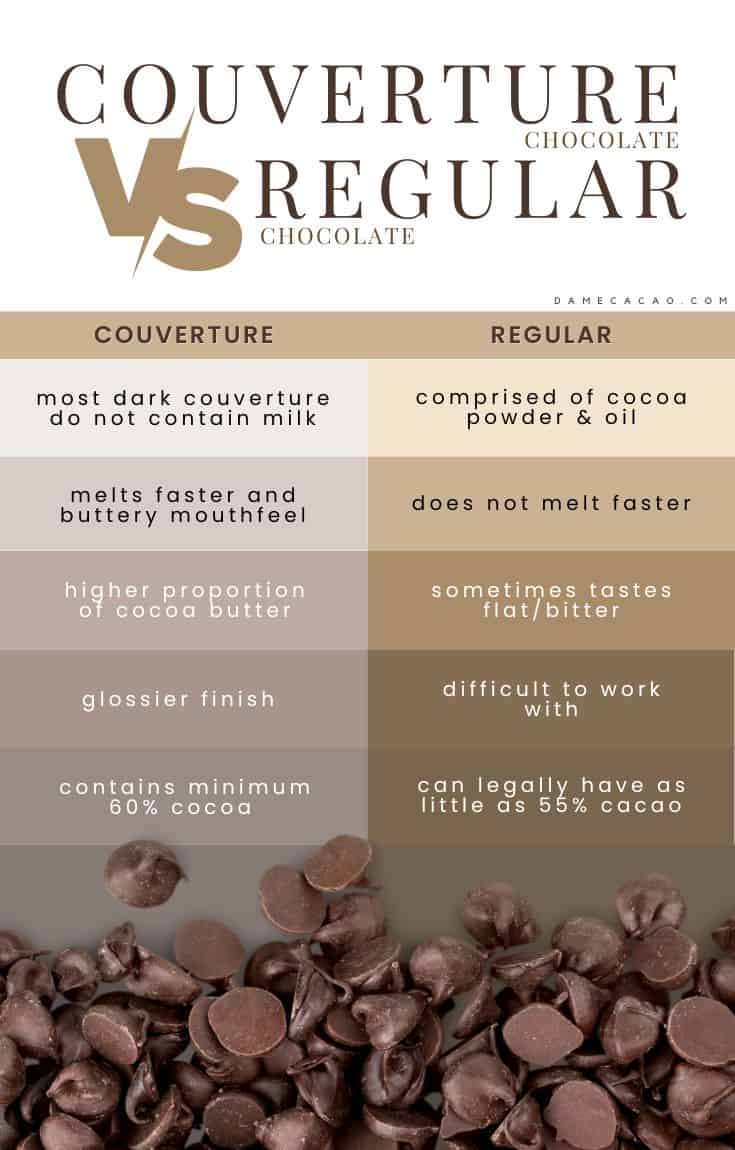
In the USA a white chocolate must contain minimum 20% cocoa butter, milk chocolate a minimum of 10% cocoa beans, and dark chocolate just a minimum of 15% cocoa beans. The industry standards for cocoa percentage in couverture chocolates are much higher, and although milk is a permitted ingredient in dark chocolate, most dark couverture chocolates won't contain milk (and they'll contain minimum 60% cocoa). Generally acceptable ingredients in couverture chocolate include:
- Chocolate liquor (cacao beans)
- Cocoa butter
- Sugar
- Milk powder (white/milk only)
- Lecithin (optional but common)
Many small craft chocolate companies also make couverture chocolate for baking, such as Amano Chocolate, Mindo Chocolate, Bar Au Chocolat, and Dick Taylor.

Couverture Chocolate Vs. Compound Chocolate
Comparing couverture chocolate vs compound chocolate comes down to their different ingredients and purposes, both of which then affect the flavor, cost, and behavior of each chocolate. The invention of couverture opened the path for a multitude of chocolate shops to open, as it made the production of bonbons and truffles much more accessible.
But in that same vein, the creation of compound chocolate made it cheaper, faster, and easier to make bonbons; though it changed the flavor and lowered overall quality of the chocolate products being made globally.
Since we already know that couverture chocolate is a high quality type of chocolate favored by chocolatiers, let's take a look at compound chocolate. Also called compound coating— because it doesn't legally qualify as chocolate in many countries— compound chocolate is made from a combination of cocoa powder or cocoa nibs ground with sugar and vegetable oil.
This substitution of vegetable oil for cocoa butter is the main difference between compound chocolate and couverture chocolate, but it's an important one. Using palm oil or soybean oil in place of cocoa butter affects not only the product's definition as chocolate, but also its behavior in recipes or tempering, the flavor of the final product, and the overall cost.
Tempering is easier with couverture chocolate than with "eating chocolate," as most brands are sold in the form of small drops or "feves" which allow for easy measuring and faster melting. On the other hand, compound chocolate doesn't need to be tempered in order to be shelf stable, making it more versatile to make up for its flatter flavor.
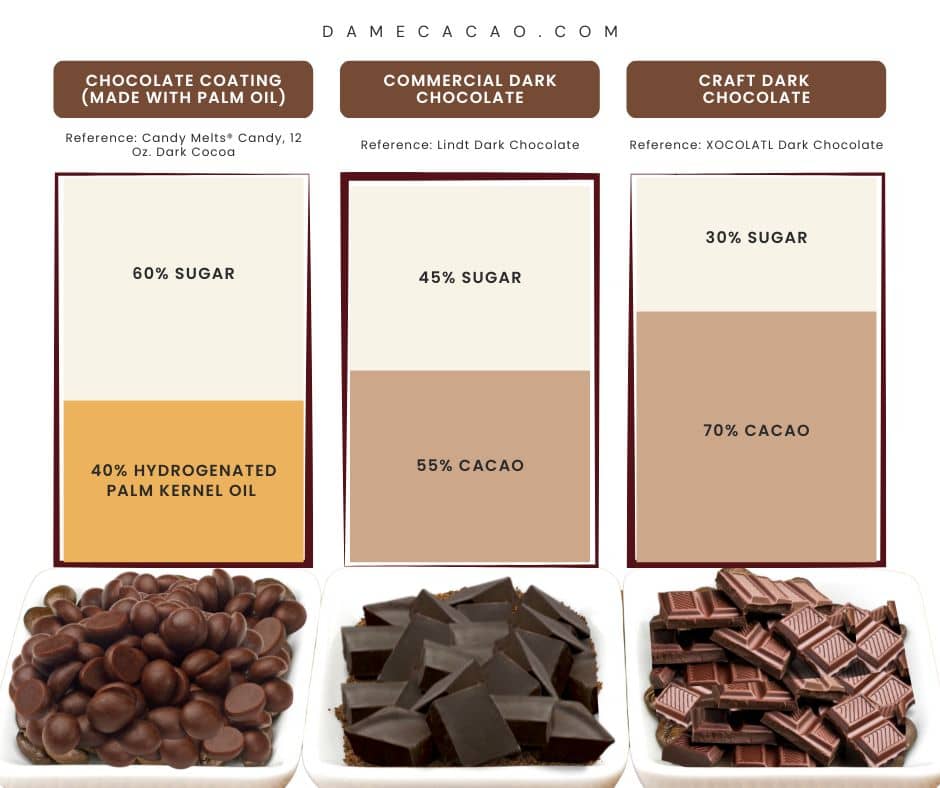
Coverture Chocolate Uses
A glossier finish and a sharper snap are just a couple of the benefits of using couverture chocolate. It also comes in a variety of single origins, making it a much more customizable medium for both home bakers and professionals. While compound chocolate is often considered to be a couverture chocolate substitute, you'll find that with so many types of couverture, compound chocolate will always fall flat. Here are a few of my favorite uses for couverture chocolate:
- Thanks to its high cacao percentage, couverture is perfect for baking with chocolate (anything from brownies and cookies to a chocolate babka).
- It was formulated for easier tempering, so even novice chocolatiers can quickly temper chocolate for bonbon shells; you don't really need any special techniques. This is the perfect time to make your own chocolate bars!
- There are a variety of unique flavors in high quality couvertures, so even homemade hot chocolate is made special.
- Chocolate-dipped fruit is a time-honored favorite, and with its added cocoa butter, you only need to microwave at a low temperature to melt couverture.
- You can keep buying the same type of couverture and expect even the most unique single origin varieties to taste basically the same year-after-year due to high volume production. This makes it easy to add chunks of couverture to your trail mix or to top your ice cream. Consistency of flavor is a huge consideration for bigger companies, whose customers expect to be able to come back to a sweet treat and enjoy the same array of flavors as they did the time before.
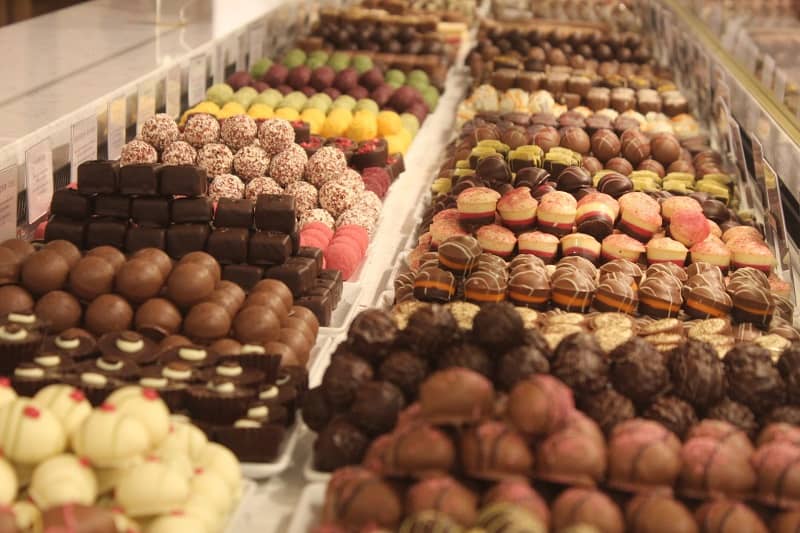
Couverture Chocolate FAQ
Couverture chocolate contains a higher proportion of cocoa butter than regular chocolate does.
High quality couverture chocolate is made from the same ingredients as high quality regular chocolate, that is to say: cacao nibs, cocoa butter, sugar, milk powder, and possibly an emulsifier such as soy lecithin.
Yes, couverture chocolate is just as delicious and edible as regular chocolate.
Couverture chocolate is more expensive than low quality bulk chocolates, but it's no more expensive than a regular chocolate made with the same percentage of cacao and cacao butter.
The best couverture chocolate is the proper type and percentage to suit your needs; but that said, Valrhona and Felchlin have the best international reputation as couverture chocolate brands.













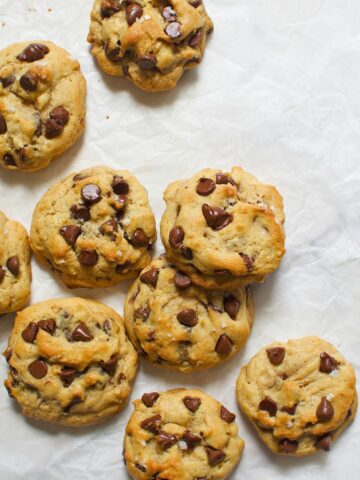

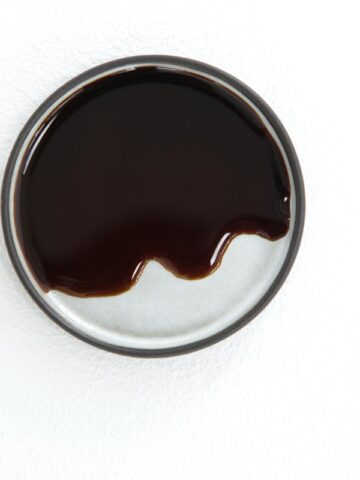
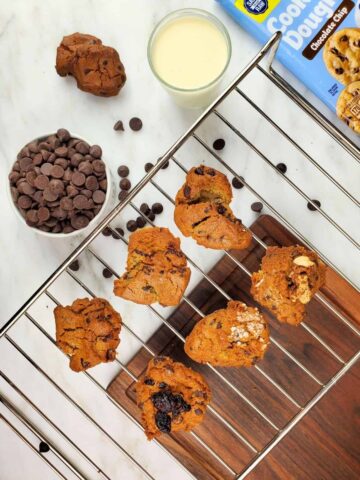
Dana
Can you mix coverture and compound chocolate in a fountain?
Max
You could, but you'll still need to add some more oil or cream to make it smooth enough to flow easily.
Sani
Thank you for the info. I'm wondering is couverture chocolate any different from bean to bar chocolate?
Max
Couverture chocolate can be made form bean to bar, but there's also some mass-market couverture. And on the flip side, bean to bar chocolates are rarely couvertures, as they don't usually have added cocoa butter.
Jessie
super interesting and informative!
Max
Thank you!